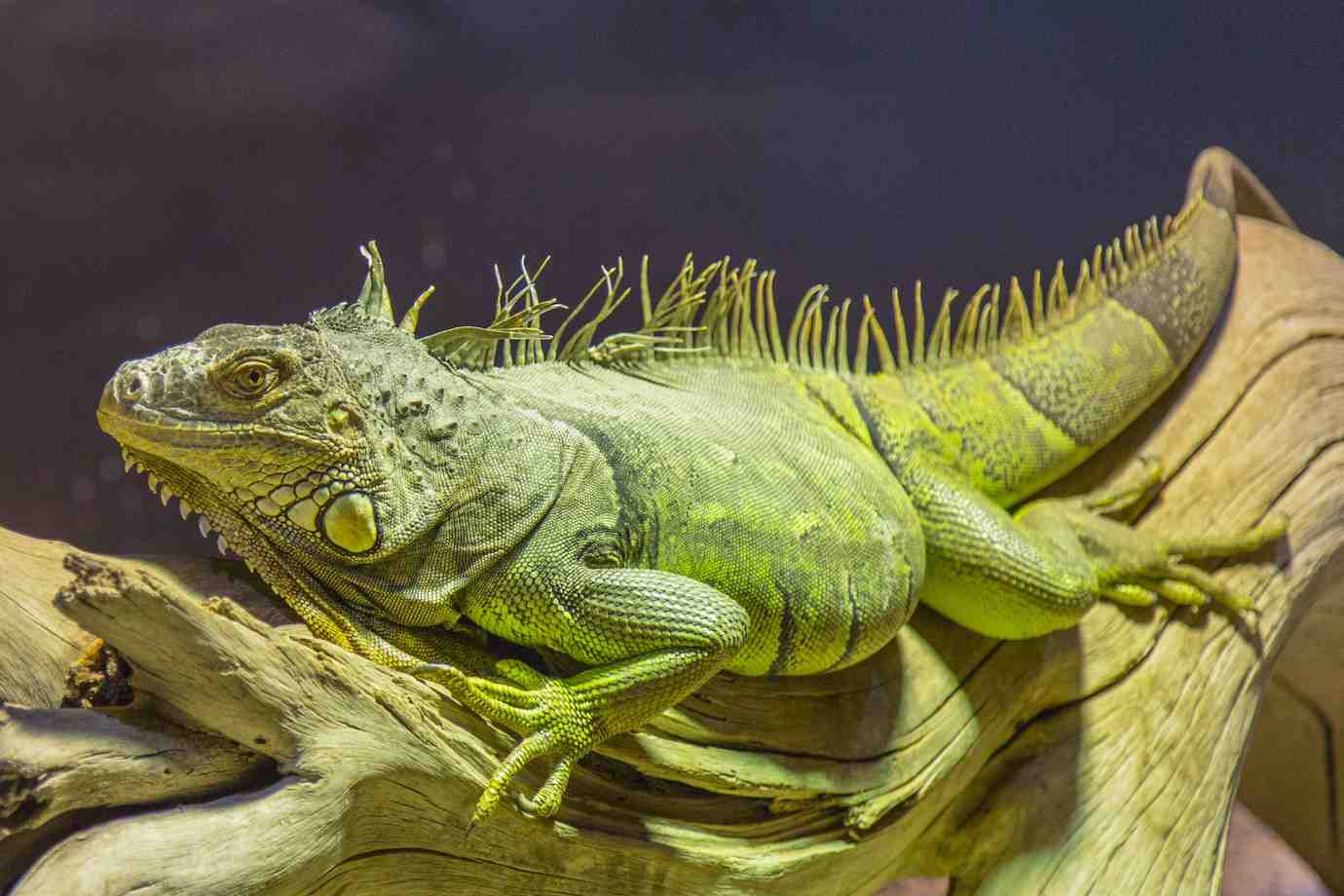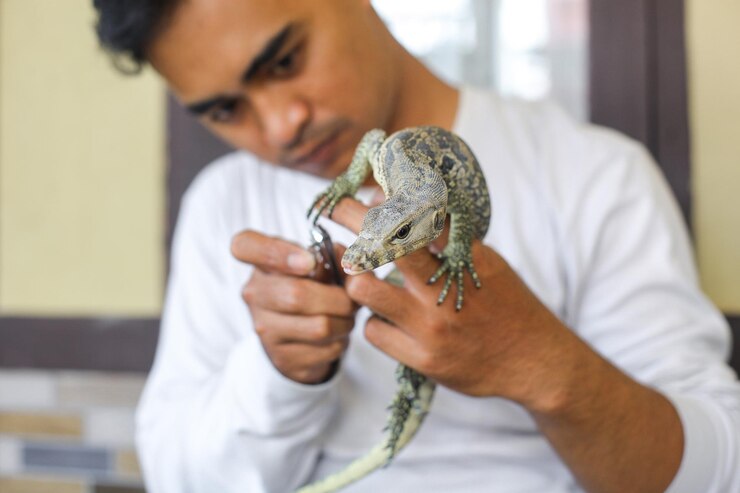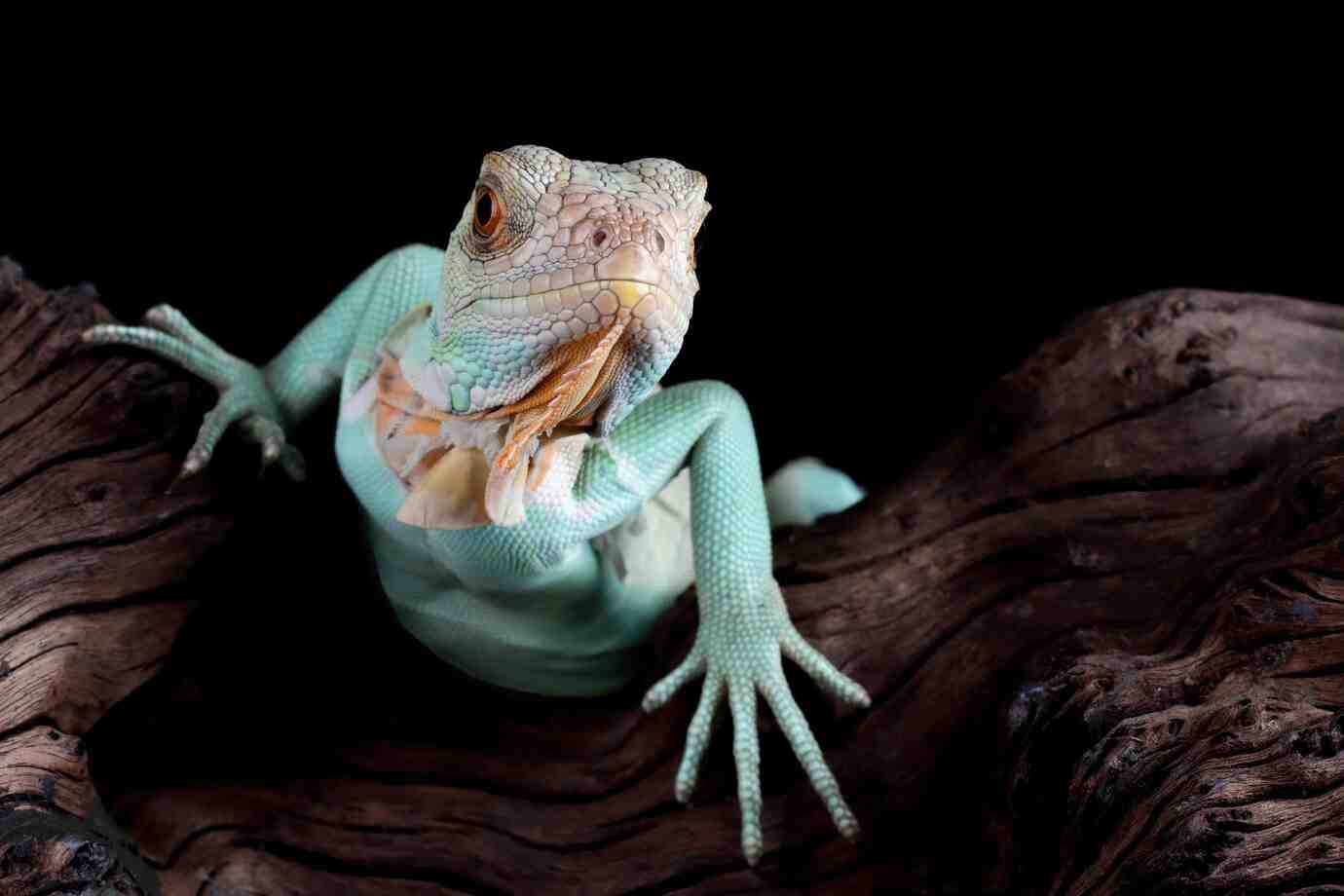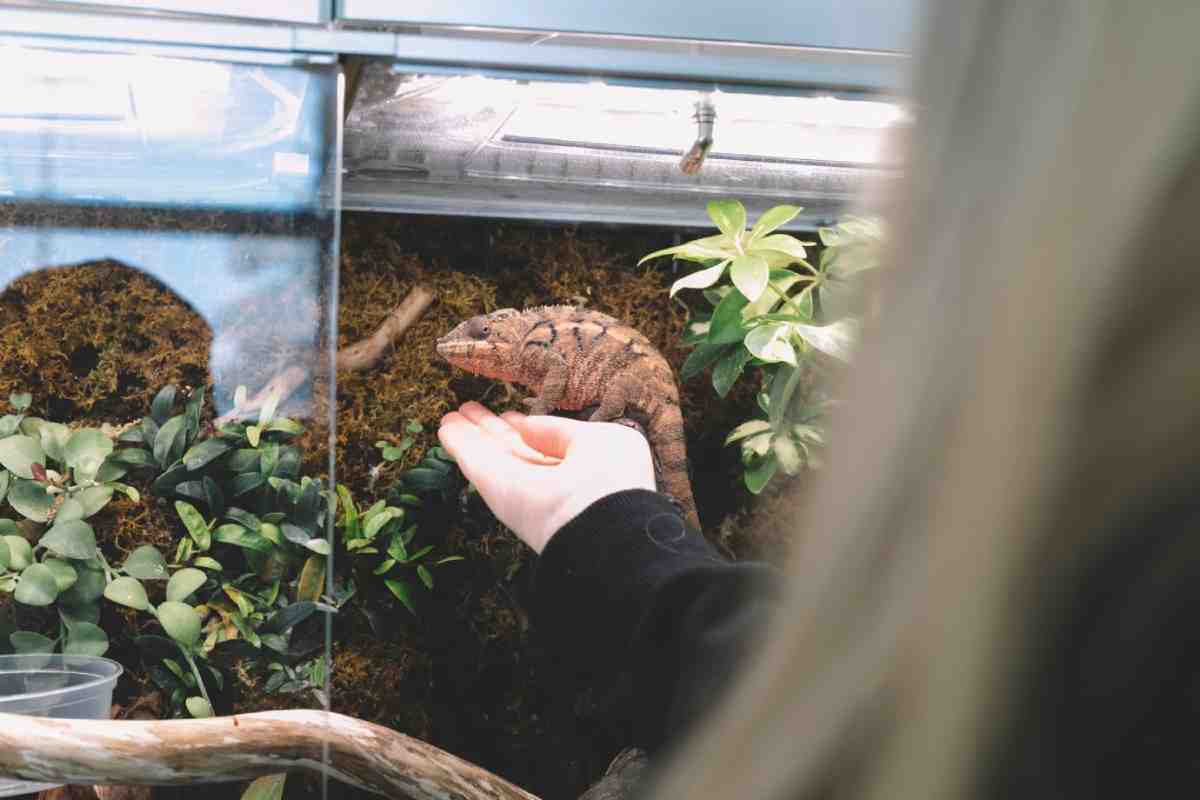
Taming Tips for Nervous or Aggressive Reptiles
Not all reptiles are calm and cuddly — and that’s okay. Some are shy, some are defensive, and a few may hiss, lunge, or bite. But even nervous or aggressive reptiles can learn to trust you over time.
Whether you’ve adopted a fearful rescue or your new pet is still unsure about handling, this guide will help you through the process of taming aggressive reptiles and managing nervous reptile handling with confidence and patience.
Why Reptiles Act Nervously or Aggressively

Reptiles don’t lash out for fun. Their behaviour is almost always driven by instinct — usually fear, stress, or discomfort.
Common Reasons for Defensive Behaviour:
- New or unfamiliar environment
- Lack of socialisation or past trauma
- Poor handling history
- Shedding or health issues
- Feeling cornered or trapped
- Inappropriate temperature or enclosure setup
Before working on taming, make sure their physical needs are met. No amount of training will help if your reptile is cold, stressed, or unwell.
Understanding Reptile Body Language
Learning your reptile’s signals is key to reducing conflict and building trust.
Signs of Fear or Discomfort:
- Hissing or puffing up
- Rapid breathing
- Tail twitching (in lizards)
- Rearing back or striking
- Gaping mouth
- Retreating into a hide or backing away
Respect these signs — pushing too hard can make things worse and damage trust.
First Steps in Reptile Behaviour Training
Taming isn’t about domination — it’s about mutual understanding. Your goal is to show the reptile that you’re safe, predictable, and non-threatening.
Step 1: Give Them Time to Settle
When you first bring a reptile home, give them at least 1–2 weeks with minimal handling. Let them explore their new home, get used to your scent, and observe you without pressure.
Step 2: Establish a Routine
Feed at the same time each day. Clean and mist the tank calmly and consistently. Reptiles learn patterns — routines help them feel secure.
Step 3: Start with Passive Taming
- Sit near the enclosure
- Talk softly or read aloud
- Place your hand inside the enclosure without trying to touch them
- Let them see and smell you regularly
This builds familiarity without direct contact.
Nervous Reptile Handling: Going Hands-On

Once your reptile seems more relaxed, you can begin gentle interactions.
Best Practices for Handling Nervous Reptiles:
1. Approach from the Side
Never grab from above — this mimics predator behaviour and may trigger a fear response.
2. Move Slowly
Quick motions can cause panic. Be calm and predictable.
3. Support the Whole Body
Use both hands to lift. Keep your movements smooth and avoid sudden shifts in grip.
4. Use Short Sessions
Start with 2–5 minutes. Gradually build up as your reptile becomes more comfortable.
5. Don’t Force It
If your reptile resists or retreats, stop and try again later. Forcing contact leads to more fear, not less.
Taming Aggressive Reptiles: Patience is Power
Aggressive reptiles need extra time and care. They may have experienced rough handling, lived in poor conditions, or simply never interacted with humans before.
Taming Aggressive Reptiles:
1. Create a Calm Space
Reduce noise, bright lights, and movement near their enclosure . Give them multiple hides and climbing options to feel secure.
2. Work Through the Glass First
Use gentle voice and body language while sitting near the tank. Offer food or treats with tongs from outside the enclosure.
3. Start Target Training (Optional)
Use a soft target stick (e.g. a coloured straw) to teach simple behaviours like coming to one side for food. This builds trust and predictability.
4. Use a Towel or Glove Temporarily
For safety, some keepers use soft towels to handle lunging reptiles at first. This protects both you and the animal — but should be phased out as trust improves.
5. Celebrate Small Wins
Did they take food calmly? Did they tolerate your hand nearby? Every bit of progress counts.
Reptile-Specific Tips
For Lizards (e.g. Bearded Dragons, Monitors, Geckos):
- Keep handling low to the ground to prevent falls
- Stroke gently along the side or under the chin (if tolerated)
- Allow climbing onto your hand instead of grabbing
For Snakes:
- Avoid handling right after feeding
- Let the snake move across your hands — don’t restrict its movement
- Be especially cautious during shed cycles (when vision is reduced)
For Tortoises and Box Turtles:
- Handle only when needed
- Never flip or dangle
- Offer bath time or food as positive interaction
How Long Does Taming Take?
Every reptile is different. Some may calm down in days, while others take months. Factors include:
- Age (younger reptiles tame faster)
- Species (some are naturally more reactive)
- Past experiences
- Your consistency and patience
If progress feels slow, that’s okay. Reptile behaviour training is a long game — and trust is built one session at a time.
Common Mistakes to Avoid
Handling Too Soon
Let your reptile settle before initiating contact.
Ignoring Body Language
Signs of stress mean “not right now.” Pushing through increases fear.
Inconsistent Routines
Erratic feeding or care causes anxiety and unpredictability.
Loud or Chaotic Environments
Keep things calm and quiet near the tank — especially during taming.
Expecting Them to “Get Over It”
Reptiles aren’t wired like mammals. They need time, not pressure.
When to Seek Help
If your reptile:
- Shows signs of illness (not eating, weight loss, lethargy)
- Has bitten multiple times
- Panics during any interaction
- Has a history of trauma or poor treatment
…consider working with an exotic vet or experienced reptile behaviourist. Health issues can mimic aggression, and professionals can help rule out medical causes.
Trust Takes Time

Taming isn’t about making your reptile cuddly — it’s about building calm, confident communication. When you approach nervous reptile handling with patience and empathy, your reptile learns that you’re not a threat.
By focusing on taming aggressive reptiles with care and using smart reptile behaviour training strategies, you’ll create a better life for your pet — and a more rewarding bond for you.
See How to Safely Handle Exotic Reptiles for more in-depth techniques.


